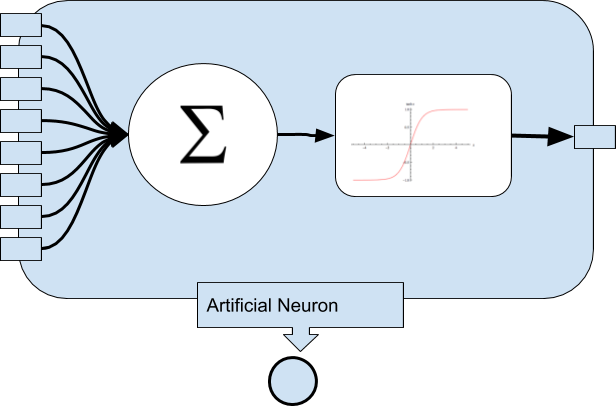

Next, we will have to apply feature scaling to normalize temperature in the range 0 to 1. We include only the temperature column as we are going to forecast temperature and drop all the rows that have no values or has a NaN. Let's load the dataset and see the first few rows: import numpy as np import matplotlib.pyplot as plt import pandas as pd #import dataset from data.csv file dataset = pd.read_csv('data.csv') dataset = dataset.dropna(subset=) dataset=dataset.reset_index(drop=True) training_set =
NUERAL NETWORK RADAR DOWNLOAD
You can download historical weather dataset from here, also feel free to use any weather dataset of your choice which has temperature data.
NUERAL NETWORK RADAR CODE
I have used Google colab to implement this code and Spyder for visualizations, there are a lot many tools that you can use according to your preference. Now that we have an insight about RNN so let us begin to develop an RNN model that can provide 4 days forecast of temperature based on 30 days of historical temperature data. For example, we can use RNN to predict the next word in a sentence by providing previous words. In simple words, RNN is used when we want to predict a future outcome based on the previous sequential inputs. Unlike traditional neural networks, recurrent networks use their memory(also called states) to predict sequence outputs. RNN is a deep learning model that is used for Time-series prediction, speech recognition, etc. So let us begin with a brief introduction to Recurrent neural networks. In this article, we will develop a deep learning model with Recurrent Neural Networks to provide 4 days forecast of the temperature of a location by considering 30 days of historical temperature data. Remember that the weather predicted is an educated guess! Machine Learning can be used to forecast weather with historical weather data. According to research, based on observations of the weather in the past we can predict the weather in the future. Data collected from weather stations and satellites are used to analyze and predict the meteorological disasters caused by extreme weather. Therefore, shaping the magnitude frequency response of MTI filters demands the flexibilities offered by neural networks.With advances in Data Science and Technology, we are able to get precise forecasts of the weather in almost every location around the world. There are several other conflicting requirements for the optimum MTI design where the algorithmic procedures may not be as efficient. The MTI implementation with neural networks reduces the number of required independent pulses for Doppler shift extraction in the presence of clutter. The nonlinear processing capability of a neural network is utilized to efficiently combine the Doppler processing and integration performed by conventional MTI and its coprocessor (i.e., integrator). Furthermore, it is easier to shape the frequency response of the neural network-based MTI (NN-MTI) as desired without needing the complex process of pole placement, which is traditionally required in both digital and analog filter design procedures. This paper provides some evidence that Doppler shifts can easily be extracted with neural networks even in situations where only a limited number of noisy pulses are available for processing. On the other hand, biological systems (e.g., insects, birds) have capabilities far beyond those of the conventional MTI processors. Although techniques of radar signal processing, including the moving target indicator (MTI), have been vastly improved by the availability of digital computers in recent years, these methods are generally based on complex mathematical procedures which make the engineering and design of radar receivers rather costly and vulnerable to electronic faults.


 0 kommentar(er)
0 kommentar(er)
